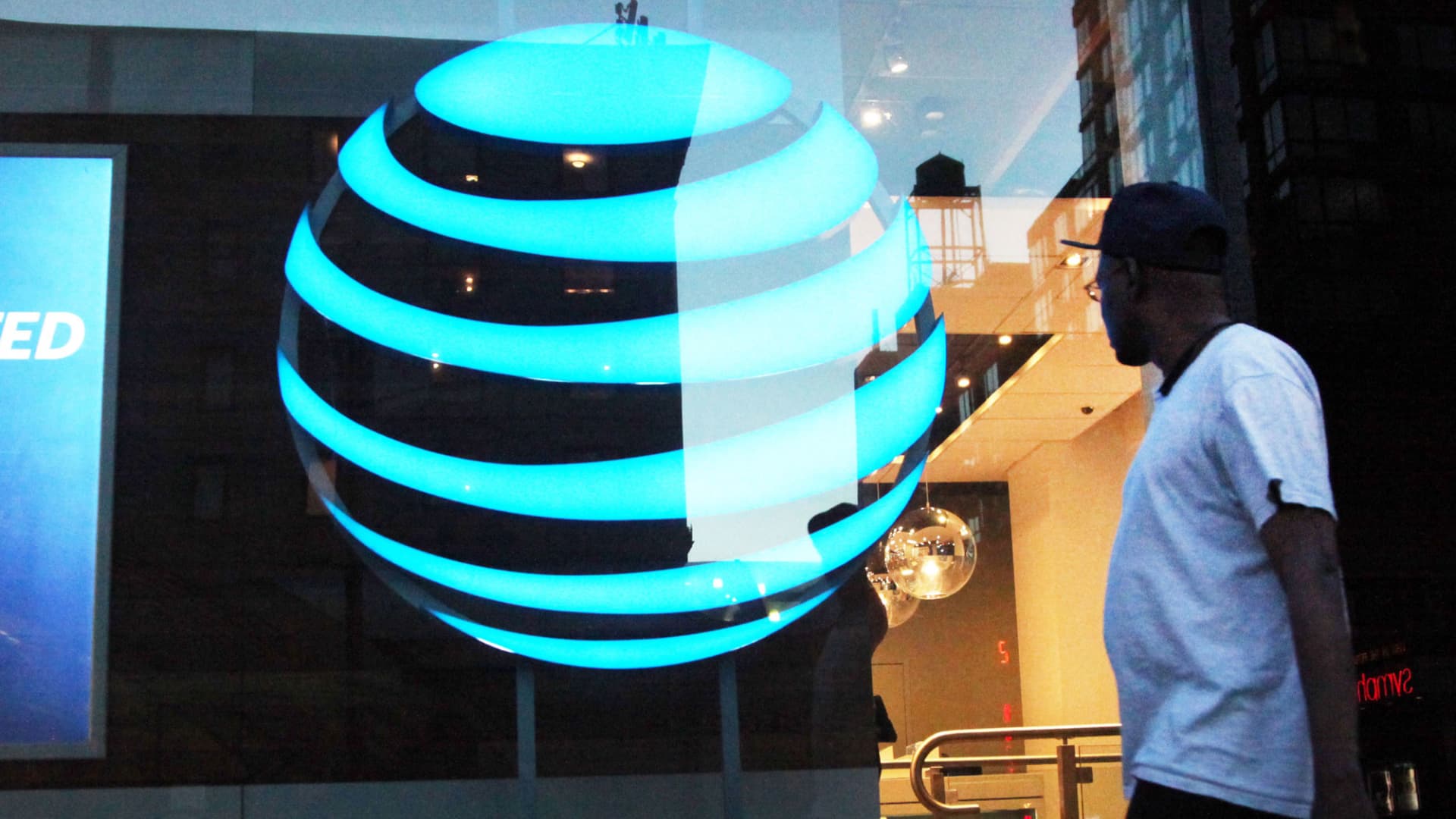

One of them looks old; the other looks older. One of them faced a nomination challenge from one of his presidential appointees; the other faces continual calls to step away from the campaign. One of them sees a dystopian future; the other seems stuck in a romantic past.
Ordinarily, presidential candidates on the precipice of clinching their party’s nomination seem to move from strength to strength. This time, President Joe Biden and former President Donald Trump seem to be moving from weakness to weakness.
All of which prompts the following unusual but unavoidable question: Which of the two presumptive presidential candidates is weakest?
Like everything else in the 2024 presidential campaign, it’s a close call.
Biden is limping toward the finish line, beset by questions about why he hasn’t stepped aside for a new generation of leadership — the very call he made in 1972 when, at age 29, he deftly played the age card in his challenge to an established incumbent, Republican Sen. Caleb Boggs, who was 20 years younger than Biden is now. “To Cale (cq) Boggs, an unfair tax was the 1948 poll tax,” read a Biden newspaper ad. “To Joe Biden, an unfair tax is the 1972 income tax.”
The tagline that no one but White House loyalists would apply to the Biden 2024 campaign: “Joe Biden. He understands what’s happening today.”
Trump may have surged Tuesday by winning every state but tiny Vermont — which in any case isn’t going to fall into the Republican column in November — but the large number of voters who chose former Gov. Nikki Haley of South Carolina is a warning sign that, for all the former president’s talk about GOP unity, the party is far from unified.
Trump and Biden are running against themselves as much as against each other. It isn’t a question of who wins the general election so much as it is a question of who loses.
It’s speculative and unrealistic, of course, but it’s a good bet that Trump would be defeated easily by Barack Obama and Biden would be defeated handily by Mitt Romney. This is not a good situation for either of them, or for the country.
It’s hard to decide which of the candidates has a bigger problem.
Biden’s is the very record — on the economy, on immigration, on the Middle East — that his aides believe is his biggest asset.
Look no further than the recent results in Minnesota, which within living memory propelled three Democratic political figures into national prominence: Hubert H. Humphrey, Eugene McCarthy, and Walter F. Mondale.
In a state with a vigorous Democratic tradition — actually the formal name of the party there is the Democratic-Farmer-Labor Party, an indication of its liberal orientation — one-fifth of those who voted in the party primary chose “uncommitted” over Biden.
The warning signs, which were present also in North Carolina (a potential swing state) and Massachusetts (a dependable Democratic state, at least in presidential elections), came only a week after a similar showing in Michigan, a vital swing state with a large Arab American population. In each place, the qualms with Biden (or the bitter disappointment) were obvious and ominous: The defection came among the young and the progressive, adding their doubts to those of the substantial Muslim opposition to the Biden response to the war in Gaza.
Not that Biden’s troubles stand alone. Except in the dark red enclaves of the South, Haley racked up substantial numbers — not nearly enough to deny huge troves of delegates to Trump, but enough to display deep doubts about him, his temperament, and his prospects in coming legal cases. Indeed, there are credible indications in exit polls that Republican support for Trump could leach away if he is actually convicted in a criminal case.
But the Biden team shouldn’t breathe easy or count on the courts.
The rate of 2020 Trump voters who told the New York Times/Siena poll they would stick with their man four years later was nearly unanimous (97%). Not so for 2020 Biden voters (83%), with 1 in 10 actually saying they will choose Trump this time around.
Early polls are unreliable, to be sure. But still, they reliably identify vulnerabilities, and the survey finding that the percentage of young voters who will stick with Biden has dropped by half is a bugle blast of crisis for the Democrats. There are similar warning signs in the suburbs, which propelled Biden to victory in 2020 and boosted Democrats in the 2018 and 2022 midterm congressional elections.
Four years ago, Biden won the suburbs by 11 percentage points. His margin now is a paltry 2 points, within the margin of error. And his margin among Black Americans, regarded as the most reliable of Democratic constituencies, has dropped by almost half. It was Black votes in 2020 that helped seal his nomination.
Perhaps the most dangerous finding for the Biden team came in a Wall Street Journal poll showing that twice as many voters thought the Trump policies during his presidency benefited them than the rate who felt that Biden’s policies aided them.
Then again, look to that Minnesota primary on Super Tuesday. Four-fifths of the Haley voters said they wouldn’t support Trump in November. That pretty much puts Minnesota’s 10 electoral votes out of Trump’s reach, no matter how let down young and Muslim voters feel toward Biden. The same phenomenon showed up in other states.
Haley may have been vanquished on Super Tuesday, but she is unbowed.
In her news conference suspending her campaign, she didn’t endorse Trump. Note that she suspended her effort rather than withdrew; that’s a customary position, but in the 2024 context not insignificant.
It means that she retains her delegates, which, though her haul represents only about a tenth of those won by her rival, nonetheless positions her to be the leading alternative candidate if Trump suffers a health episode or if a legal conviction puts him in jeopardy.
A stroke or a credible crime accusation is a slender reed on which to base presidential hopes. But — here is a counter argument — those are the very factors that could endanger Biden, whose son Hunter is no asset to the president.
No one will win this presidential race. Someone will lose it. Already the public has.
A Swampscott High School Class of 1972 member, David M. Shribman is the Pulitzer Prize-winning former executive editor of the Pittsburgh Post-Gazette.
24World Media does not take any responsibility of the information you see on this page. The content this page contains is from independent third-party content provider. If you have any concerns regarding the content, please free to write us here: contact@24worldmedia.com

5 Business Sectors Where Safety Glasses Are Essential

Annoying Things You Can Keep Out of Your Home

Easy Ways You Can Improve Your Pasture’s Quality

Mistakes You Must Avoid on Your Next Construction Project

Tips for Keeping Your Business’s Equipment Around for Longer

The Biggest Car Owner Mistakes You Must Avoid

Why Renting Construction Equipment Is Best

Beat the Heat: Summer Maintenance Tips for Forklifts

Monday’s stocks to buy include Apple, Nvidia, Tesla, Shopify and more

How to Tell If Your VPN Is Working Properly